QUEZON CITY, May 16, 2023 – As the Program caps its Phase 1 implementation it has successfully organized 6,319 farmers’ and fisherfolk’s associations, catering to a total of 178,088 farmer individuals. As an agricultural development program aiming to contribute to the national effort to reduce poverty, especially in the top municipalities that recorded high poverty incidence rates, the Department of Agriculture – Special Area for Agricultural Development (DA-SAAD) has been committed to its goal to economically empower farmers and fishers in the countryside, and all these efforts start with organizing farmers’ associations.
Economically empowering farmers can be as simple as providing amelioration vouchers and agricultural inputs to jumpstart their production but it is better to provide long-term and sustainable solutions, as well as services responsive to their community and fostering conditions that are all crucial and what truly brings impact.
Of course, simply giving farmers cash and any material inputs may address hunger at a certain point in time but once the cash and inputs were utilized, farmers will be put into the same cycle of scrambling to find capital or resources to till, which further subjects farmers to the same cycle of being engulfed in high-interest loans.
Community development as the backbone of program implementation
Community development work undeniably entails comprehensively studying and grasping the objective condition of a particular area and its demographics, needs, political and cultural dynamics, nutrition, consumption, and production.
This very concept can be practiced in various sectors. It may be utilized depending on the desired particular results. Still, the overall essence is to organize and mobilize a community in one direction of empowering its population, whether socio-politically – like associations and community networks, or economically – like unions, federations, and cooperatives.
The need to organize
Forming farmers’ groups and strengthening members’ unity among each other and achieving organization cohesiveness can mean strong bargaining power, mobilization into collective action, setting-up support systems for boosting agricultural productivity, knowledge management, and others. These are considered to be the initial benefits of farmers’ collectivization.
The Republic Act No. 8435 or the Agriculture and Fisheries Modernization Act of 1997 clearly stipulates how it seeks to encourage horizontal and vertical integration, consolidation, and expansion of agriculture and fisheries activities, groups, functions, and other services through the organization of cooperatives, farmers’ and fisherfolk’s associations, corporations, nucleus estates, and consolidated farms to enable these entities to benefit from economies of scale, afford them a stronger negotiating position, pursue more focused, efficient and appropriate research and development efforts, and enable them to hire professional managers.
This goal will later be shared in the DA Administrative Order (AO) no. 27 series of 2020 which will trigger the creation of the Farm and Fisheries Clustering and Consolidation Program (F2C2), which seeks to advance the interest and condition of Filipino small-scale farmers and fishers by encouraging them to adopt the strategy of clustering and consolidation of their production, processing, and marketing activities as community business enterprise, including the pooling of assets, labor, and other resources.
The F2C2 program carries out a “Big Brother – Small Brother” concept where Big Brother is the established, fully functioning, and profiting farmers’ cooperatives and associations (FCAs) and are accredited in various accrediting bodies concerning cooperatives and organizations, while Small Brother is relatively newly formed FAs and in their early stage of operating their group, and needs assistance to credit and capital.
SAAD, in harmonization with the national goal of consolidating farmers and achieving economies of scale, forms groups in the most unreachable rural areas that will eventually be considered the Small Brother FAs.
The newly formed SAAD FAs will undergo the program’s three (3) components to ensure the success of becoming a community-based enterprise and eventually will be considered Big Brother.
The first one is (a) social preparation, a series of activities that help identify the basic and complex needs of its target beneficiaries’ social and economic improvement relative to agriculture and fisheries. These activities encompass various needs assessments, profiling, and capacity building.
The next component, (b) food production and livelihood (FPL) intervention, is where the provision of agricultural inputs occurs. SAAD does not merely provide physical inputs, but it also equips the FAs to manage the projects by giving them specialized training related to operating, managing, and sustaining the projects they received.
In the FPL component, FAs also receive essential machinery, equipment, and tools necessary for enhancing production and lessening production loss.
The last component is (c) marketing assistance and enterprise development where the program provides value-adding training to increase the value of the farmers of the produce, and also introduce them to other possible market chains.
In this direction, SAAD aims to transform individual farmers into Small Brother FAs and ideally Big Brother FAs that have wider access to credit and capital.
In the series of graduations, turn-over ceremony, and endorsement of formed SAAD FAs to concerned agencies and DA programs, SAAD implementers across 11 covered regions were able to generate 465 established community-based enterprises that can now be considered Big Brothers. ###
Writer: Allanes Bagoso, DA-SAAD NPMO Information Officer
Source: Jonalyn Racelis, DA-SAAD NPMO Associate Officer


Comments (0)